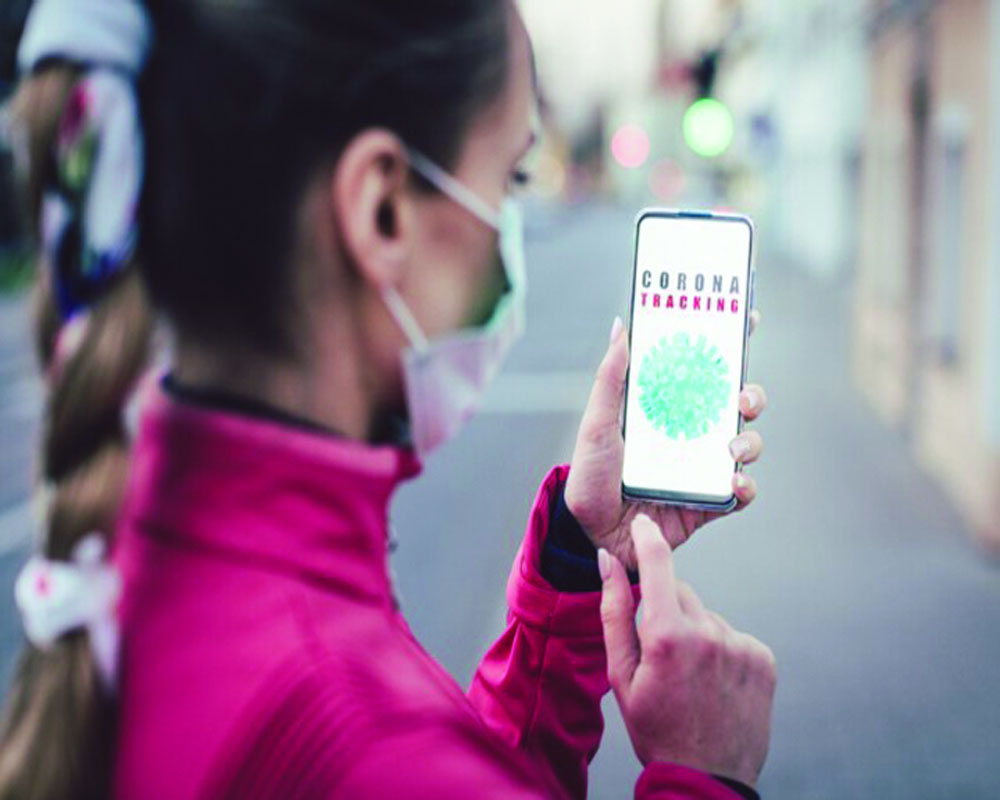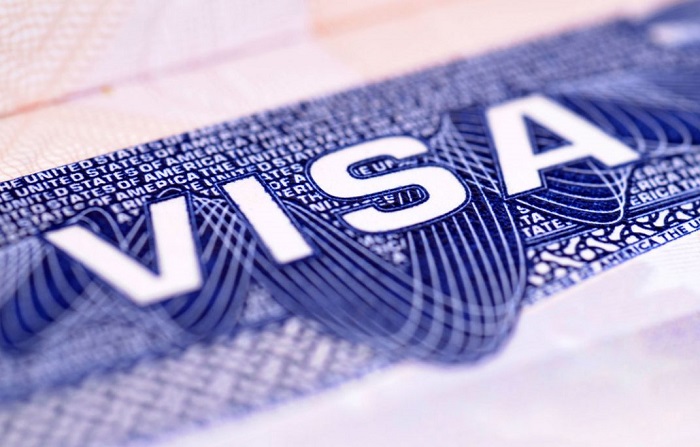Not being able to establish the source of a disease is not surprising, especially in a country where people are divided by gender norms and socio-economic classes
The recent revelation made through a research paper published by William Joe in the Journal of Global Health Science raises alerts about the deficiencies of tracing Coronavirus victims in a divided society. The paper states that as of May, COVID-19 cases in men were at 66 per cent in India as compared to 34 per cent in women. However, the COVID-19 Case Fatality Rate (CFR) is 2.9 per cent for men and 3.9 per cent for women in the country. Interestingly, this is completely different from the worldwide scenario. According to UK Research and Innovation, a quasi-autonomous NGO, data from 18 countries evince that both men and women have an equal share of COVID-19 cases, except for Pakistan. Furthermore, men diagnosed with COVID-19 are more likely to die than women. These comparisons raise questions whether we are tracing and testing all social groups adequately. Women generally have a stronger immune system than men. However, there could be different social factors which impact women both favourably and adversely. Since, in a patriarchal social system women don’t venture out of the home as much as men, they are also less likely to get infected. This may be the reason why in India and Pakistan more men are found to be infected than women. On the other hand, as patriarchal norms consider the male as the primary agent for productive activity, women are often ignored at home and society at large. This deprivation may reduce their access to healthcare as compared to men. They would not be given medical care unless seriously ill. This could increase their fatality rate as compared to men in India. Nevertheless, there could be another reason for the higher CFR in women. Maybe the actual number of women infected is much higher than what is being reported. If the number of infected women would have been higher, then the death rate of women due to COVID-19 would have decreased because they would have been treated. There is a major possibility that identification of infected women may not be happening due to inefficient functioning of the contact tracing mechanism.
Contact tracing is the process in public health through which the people who may have come into contact with an infected person are identified. Through the contact tracing process, the first set of people that the patient came into contact with are identified as the primary contact. Similarly, the first set of people that the primary contacts come into contact with are identified as secondary contacts. Through tracing of the primary and secondary contacts of suspected and confirmed cases, it is possible to track the spread and source of infection. According to the US-based Centers for Disease Control and Prevention (CDC), the symptoms of Coronavirus infection may be as simple as fatigue, diarrhoea and nausea. It is important to start contact tracing without waiting for the test results.
Researchers at Johns Hopkins found that the chances of getting false negative results are higher in the early stages of the infection. Hence, a negative test does not guarantee that the person is not infected. And they are still able to spread the virus. Improper contact tracing may be the reason that in India there were many cases where it was not possible to find the source of the infection.
The Health Ministry is emphasising on the need for aggressive contact testing. According to the Indian Council of Medical Research (ICMR), there is a wide variation among the States with regard to the number of contacts traced. It ranges from less than 25 to more than 75 per infected COVID-19 case. The infected patients are in general reluctant to reveal their contacts or the authorities are not nudging them enough to provide their contacts. Even a State like Karnataka, which has been canvassed as a successful State for contact tracing, is increasingly finding infections from unknown sources. This is increasing the spread of the infection due to delayed detection.
To be honest, not being able to establish the source of a disease is not surprising, especially in a country where people are divided by gender norms and socio-economic classes. These deficiencies are akin to the problems of the respondent-driven sampling (RDS) method of data collection. RDS is applied when the population is “hidden.” A hidden population may include people at the risk of contracting HIV or a group of injected drug users. The population may remain hidden due to privacy concerns and is rarely found among the general population. This is very similar to suspected Coronavirus infected persons. People may not be willing to get identified in public due to privacy concerns and the fear of adverse social repercussions. The number of COVID-19 infected until now is minuscule as compared to the population of the country. RDS assumes that the best way to access the hidden population is through their own peers. The initial sample individual is asked about the contact of their peers and thus contact tracing leads to revelation of the hidden population.
Three major deficiencies in this method of sampling are pertinent in the context of detection of Coronavirus infected persons. They are the problems of non-cooperative referrals, masking and inbreeding. The infected individual may not get the exact contacts of the people they have interacted with. The infected individual may attempt to mask the contacts as there are privacy concerns. They may avoid mentioning their close relative or loved ones with whom they have come in close contact. Furthermore, in a society divided by gender norms and socio-economic classes, people may select contacts primarily from the same gender and socio-economic class. A street vendor or bus conductor, if infected, may not be able to provide contacts of customers as they would refuse to share their contacts. A security guard would not be able to provide contacts of the people s/he interacted with. Moreover, all of them would be extremely uncomfortable in sharing contacts of people they are dependent on for their livelihood. They may only share contacts of people belonging to a similar socio-economic class as theirs and that, too, of the same gender. The men would hesitate to share the contacts of female family members or co-workers and vice versa.
In the RDS system of data collection the problem of masking is resolved though providing incentives to divulge the contacts of peers. In the fight against the Coronavirus, offering incentives to unmask the hidden population may be financially challenging. There could be two mechanisms through which it can be tackled. People should be made aware of the benefits of disclosing their contacts through public campaigns. As a result, those infected would be comfortable in revealing their contacts and the contacted individuals themselves would not be upset over being identified. It would rather come out as an incentive for those infected to get their near and dear ones examined and also an incentive for the contacts to get tested on time. Thus, the problem of non-cooperation of the referrals may also be resolved to a large extent. Maintaining the contact details of people in close contact may be made mandatory by local authorities in shopping complexes and other public spaces. Contact verification may become necessary if individuals provide wrong information. Deliberate sharing of wrong contacts may be penalised as well.
The problem of inbreeding may be resolved though conducting the contact tracing exercise over several rounds. For example, if an infected woman provides the contact of one man along with five women contacts, then to overcome the inbreeding problem, the man’s contacts may be traced further assiduously. This is very similar to tracing the secondary and tertiary contacts but with an emphasis on tracing the odd ones in the whole contact list. Similarly, tracing people from a different socio-economic background as compared to the majority of the contact list should be given adequate attention. At present, the disaggregated data on primary and secondary contact tracing is not available in most of the States. Douglas Heckathorn, a social scientist from Cornell University who perfected the RDS methodology, suggested three to five waves of contact tracing to get rid of the problem of inbreeding.
Contact tracing is a more efficient methodology than random testing given the rarity of the infection in the population till date. Contact tracing, on the one hand, economises testing facilities and on the other hand, identifies the hidden population infected with the virus. The more the delay in reaching suspected individuals, the higher is the future burden of economic and social cost. Hence, non-cooperation of referrals should be dealt with through public campaigns. The danger of the contact tracing mechanism is that if masking and inbreeding are not dealt with adequately, then we would end up tracing and testing only one kind of a population. The initial sample would determine the prospective samples, unless infected ones are sensitised about the importance of unmasking the contacts and contact tracing is done for few rounds down the line of contact trail.
Only increasing the number of contacts traced per infected or suspected individual is not the solution. It must be done over a few waves and must adequately cover all categories of people. If not done properly, the outbreak of the disease would be lurking in some other corner of society, only to take us by surprise later.
(Writer: Indranil De; Courtesy: The Pioneer)








 OpinionExpress.In
OpinionExpress.In















Comments (0)